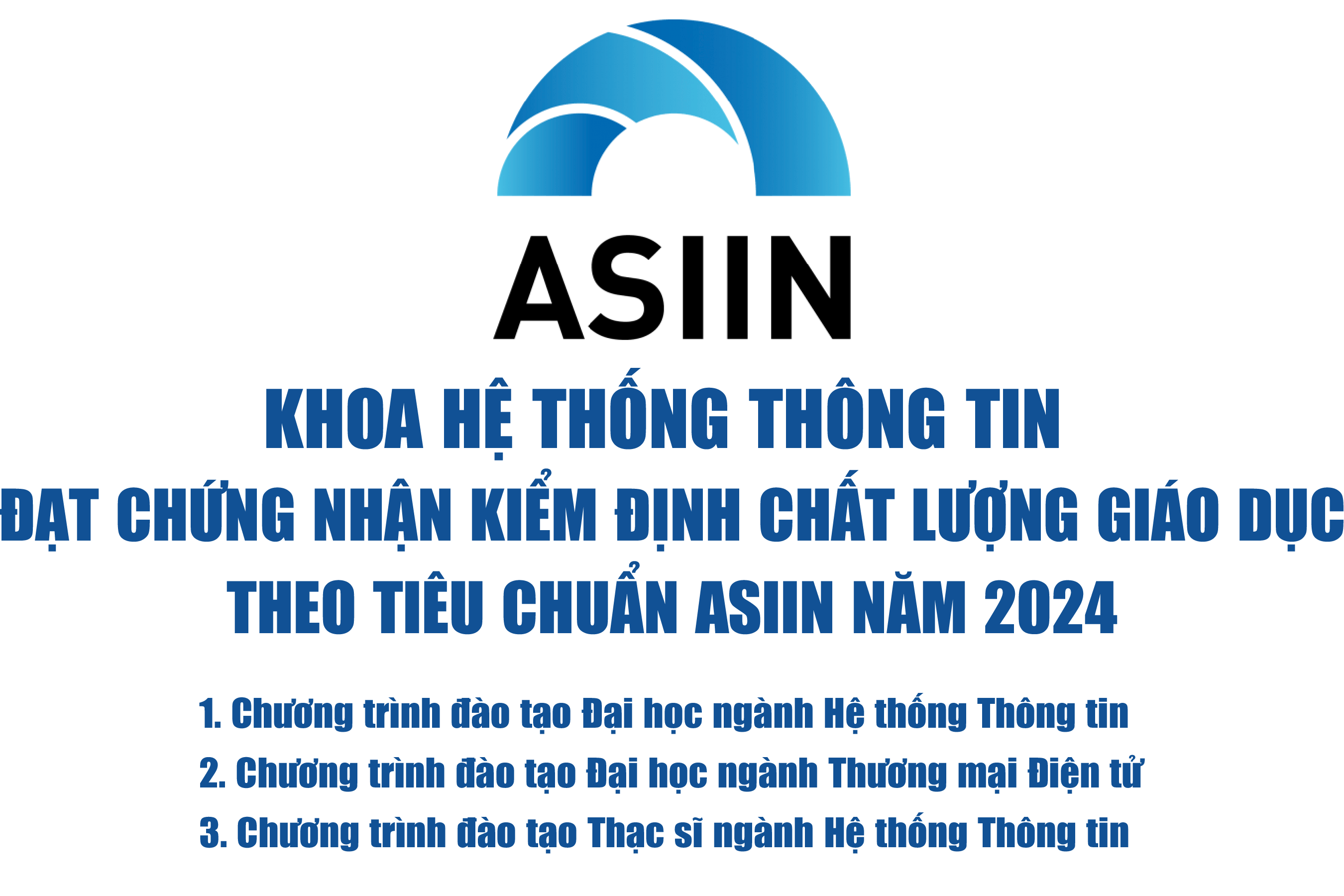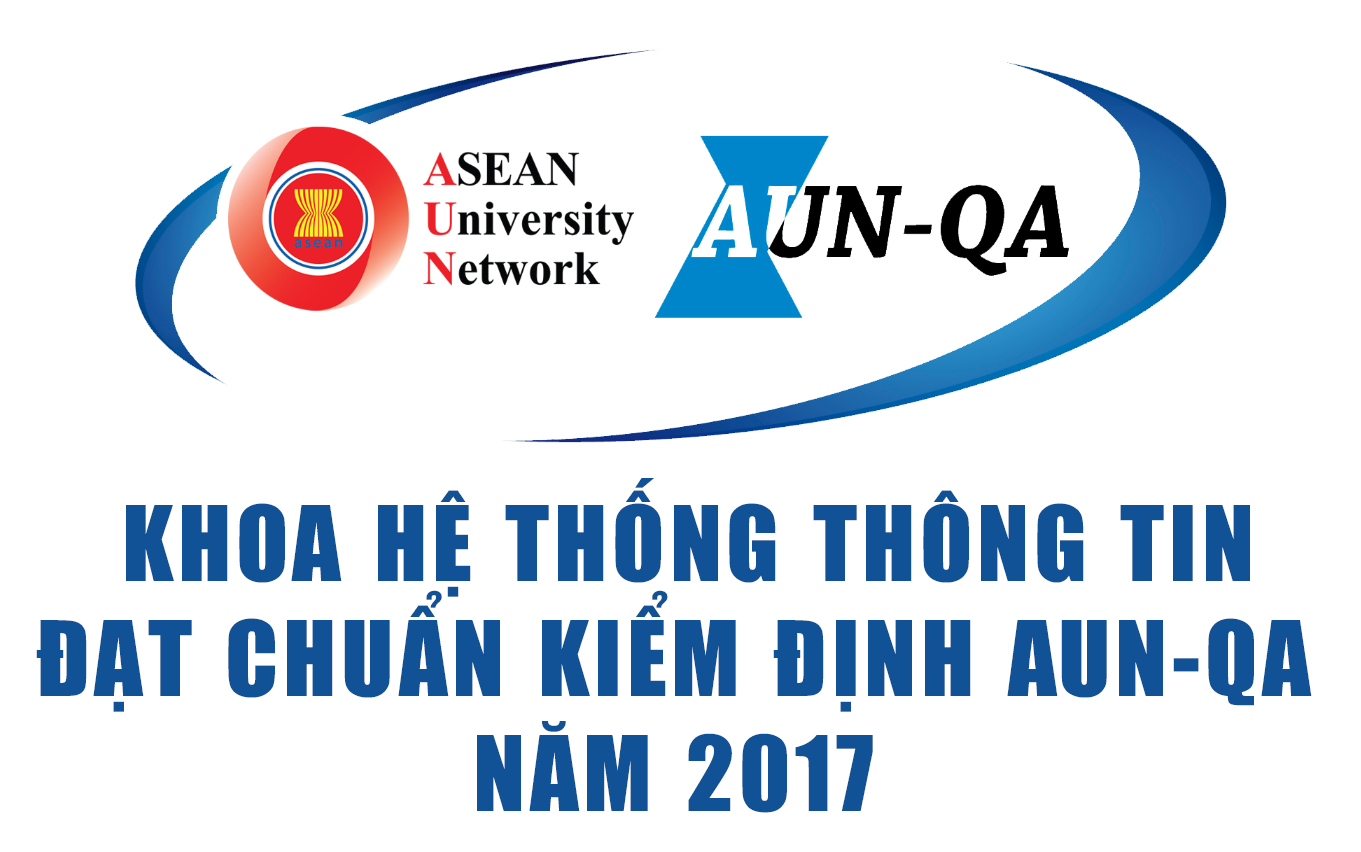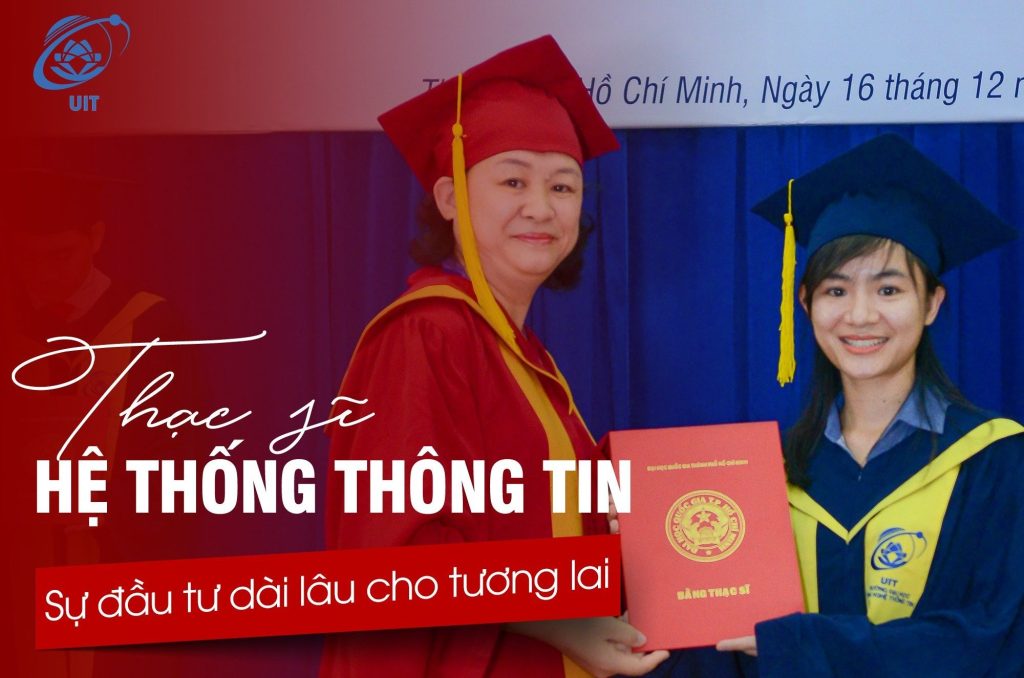Chúc mừng sinh viên lớp HTTT2023.2 có bài báo được chấp nhận đăng tại Hội nghị Khoa học Quốc tế RIVF 2025 (The 2025 RIVF International Conference on Computing and Communication Technologies)
Hội nghị RIVF (Research, Inanovation and Vision for the Future) là một hội nghị khoa học quốc tế uy tín, được tổ chức thường niên từ năm 2003, quy tụ các nhà nghiên cứu, học giả và sinh viên trong lĩnh vực Công nghệ Máy tính và Truyền thông. RIVF được bảo trợ kỹ thuật bởi IEEE, và các bài báo được xuất bản trong cơ sở dữ liệu IEEE Xplore – một trong những thư viện học thuật hàng đầu thế giới.
Năm nay, RIVF 2025 sẽ do Trường Đại học Văn Lang đăng cai tổ chức tại Thành phố Hồ Chí Minh, Việt Nam, từ ngày 18 đến 20 tháng 12 năm 2025. Hội nghị tiếp tục là diễn đàn khoa học quốc tế quan trọng, nơi các nhà nghiên cứu chia sẻ những công trình mới nhất trong các lĩnh vực như trí tuệ nhân tạo, học sâu, xử lý ngôn ngữ, thị giác máy tính, an ninh mạng và công nghệ truyền thông.
Link hội nghị: https://rivf2025.org/
Tên bài báo: “Sampling-Based Imbalance Handling for Ensemble Models in Electricity Payment Fraud Detection”
Nhóm sinh viên thực hiện:
- 23521144 – Nguyễn Đình Phát – HTTT2023.2
- 21522064 – Nguyễn Văn Hiển – CNTT2021
Giảng viên hướng dẫn: ThS. Đỗ Thị Minh Phụng – ThS. Cáp Phạm Đình Thăng
Abstract:Electricity fraud detection remains a critical challenge for utility providers, especially in developing countries where data is large-scale and highly imbalanced. This paper introduces an adaptive resampling framework called the Hybrid Sampling Ratio Selection Algorithm (HSRSA), designed to enhance fraud detection performance in smart grid systems. The method systematically explores combinations of random undersampling and SMOTE-based oversampling ratios to optimize classifier sensitivity under low false positive rate (FPR) constraints. We evaluate the effectiveness of HSRSA across four ensemble-based models – CatBoost, LightGBM, XGBoost, and Decision Tree – using a real-world dataset from Vietnam Electricity comprising over 22 million smart meter records. Experimental results demonstrate that the proposed approach significantly improves partial AUC (pAUC) scores compared to baseline resampling, particularly in the critical FPR ⩽ 0.2 region. The CatBoost model, when combined with the optimal sampling ratio identified by HSRSA, achieves a pAUC of 0.1992, outperforming its baseline counterpart. This study highlights the importance of ratio tuning in hybrid resampling and contributes a scalable, model-agnostic solution for electricity theft detection in imbalanced and large-scale settings.











